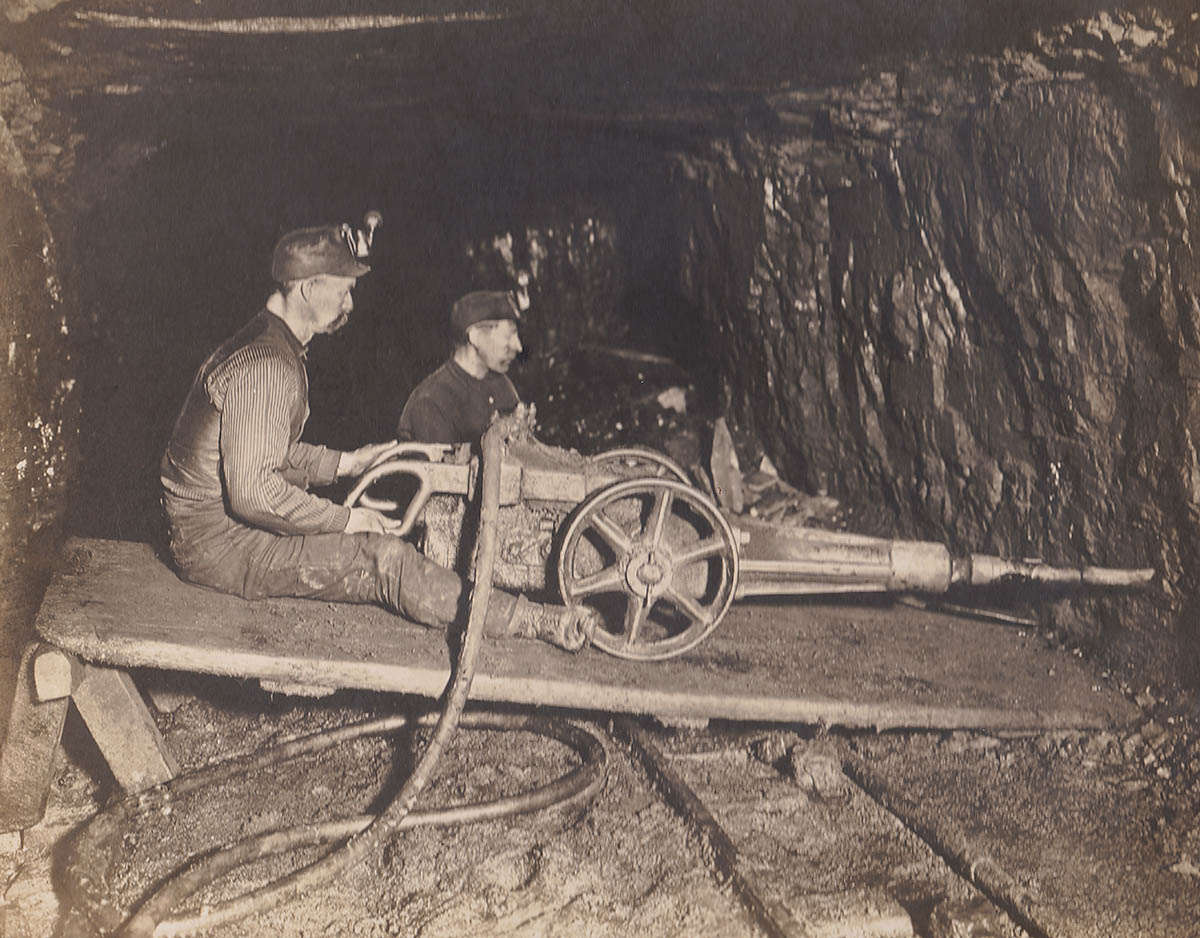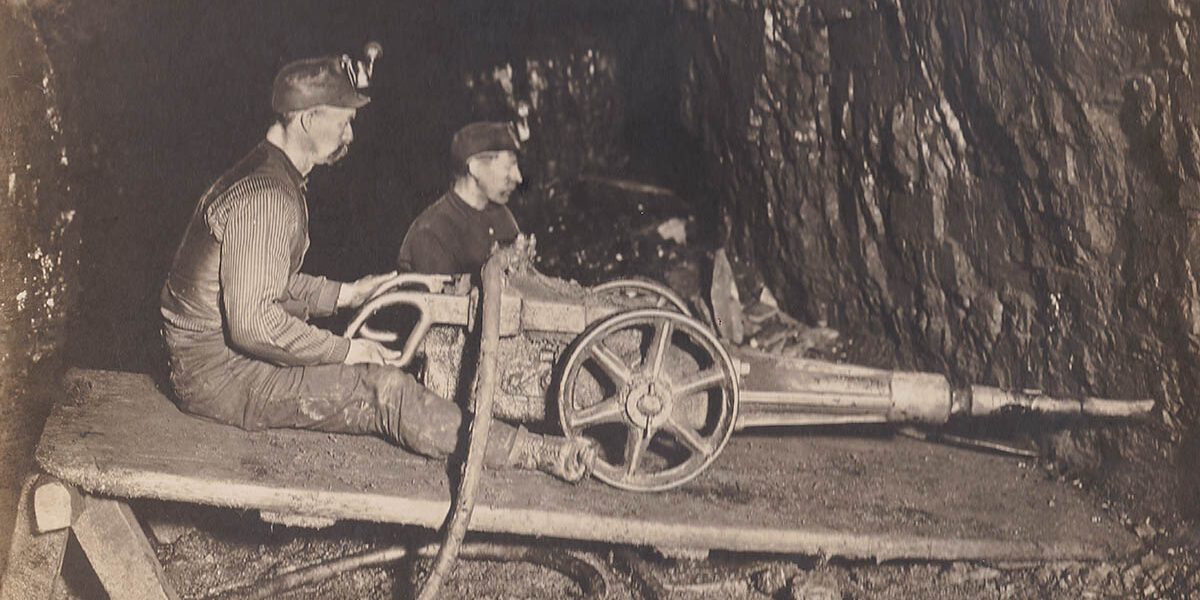Along the Greene River Trail
Early Coal Mining
Drift Mining
Early coal mining in Greene County began with settlers using drift mining to mine the outcrops of coal along the creeks and the Monongahela River, usually for personal use. Later small mining companies were mining coal. During the 1890 census, there were no large-scale commercial mines in operation. Production levels were at 54,000 tons in Greene County.
Coal Land Speculation
Interest in large scale mining in Greene County began in 1891 with the purchase of coal lands in the townships along the Monongahela River. Coal land speculation was at its height from the 1890s to the early 1900s.
Coal land purchases increased significantly from 9,000 acres in 1893 to over 50,000 acres in 1894. During the first five years of the 20th century, there were 40 separate transactions totaling over 112,000 acres for approximately several million dollars.
Josiah Van Kirk Thompson from Fayette County was to have the greatest impact on the future of coal mining. In December 1899, he and his associates purchased over 60,000 acres of coal land. Together, they quickly purchased more coal acres than any other company or organization.
Thompson’s bank, First National Bank of Uniontown, failed in January 1915. Numerous and widespread issues caused the failure of the bank, but the trouble was only beginning for residents of Greene County and the coal industry. Thompson owned coal and property valued at over 65 million dollars in Greene County. He owned Greene County citizens an estimated seven million dollars and taxes had not been paid for several years.
After attempts to secure loans and creditors trying to save their interests, the case was handed over to the United States District Court for bankruptcy proceedings. There was a great fear that if all of Thompson’s holdings were thrown on the market at the same time, the value of the acreage would hit bottom. The bankruptcy was the largest and most complex in that court and in the country at that time.
Eventually Thompson’s holdings were sold in blocks to companies in the steel industry. The sale of the holdings permitted large businesses, such as steel companies, to purchase the coal lands strictly for their own use.
Commercial Mining
Large scale commercial mining in Greene County began in 1902 with the opening of the Dilworth Mine near Rices Landing. It was the first mine in the county to be supervised and regulated by the Pennsylvania Department of Mines.
The three largest mines in Greene County in the period from 1906 to 1915 were the Dilworth Mine, the Crucible Mine and the Poland Mine. In 1916, Greene County produced over 800,000 tons of coal and employed over 700 miners.
The period from 1916 to 1921 was the most important time for Greene County coal. The demand for coal created by the World War I resulted in increased production, the opening of new mines and the addition of two new mining towns, Nemacolin and Mather.
In 1921, there were 18 mines producing over two million tons of coal and almost 3,000 miners employed. The 1920s were especially good for the coal industry. The boast received with World War I continued for the next decade and production and employment were up.
In 1927 there were 24 mines producing over six million tons of coal and 4,851 miners employed.

About the Greene River Trail Signage Project
Greene County Tourist Promotion Agency completed this project in partnership with the Rivers of Steel Heritage Area. Funding was provided in part by a grant from the Pennsylvania Department of Conservation and Natural Resources, Bureau of Recreation and Conservation, administered by Rivers of Steel.
Special thanks to: Brice & Linda Rush, Danielle Nyland, Flenniken Public Library, Greene County Historical Society, Greene Connections, Advanced Masonry, Greene County Commissioners, Greene County Conservation District, and Greene County Department of Recreation.







